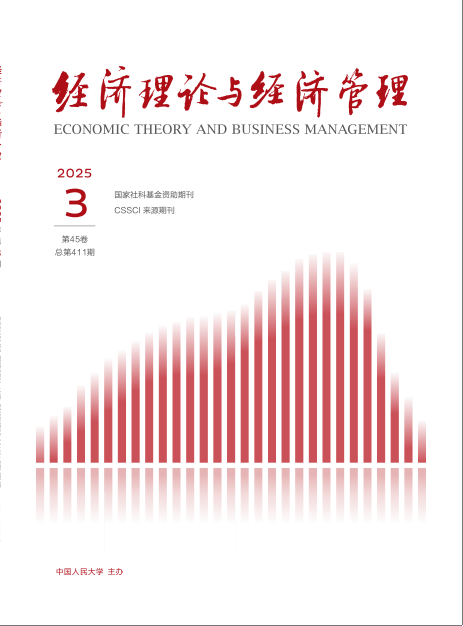This paper extends the real option model of the timing of merger and acquisition under economic policy uncertainty by integrating the characteristics of biased industrial policy, empirically studies the influence of economic policy uncertainty on the timing of crossborder M&As using the data of Chinese listed enterprises from 2002 to 2018, and examines the role of industrial policy in the above impact. Theoretical studies reveal that rising uncertainty will delay the optimal timing of corporate M&As, and industrial policies will alleviate the above effects, thereby making M&As show “contrarian” characteristics. Empirical tests confirm the “contrarian” characteristics of Chinese enterprises overseas M&As, and find that China's “fiveyear plan” industrial policy is an important driving force for Chinese enterprises to “buck the trend”. Mechanism analysis shows that the “fiveyear plan” industrial policy affects the timing of crossborder M&As through easing financial constraints and increasing subsidies. Compared with enterprises that did not carry out crossborder M&As, enterprises that carried out crossborder M&As have significantly increased their access to loan funds and government subsidy funds. Enterprises' expectations of these “policy benefits” have further boosted their crossborder M&As decisions.





